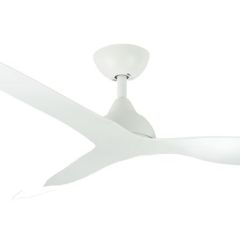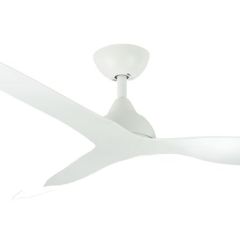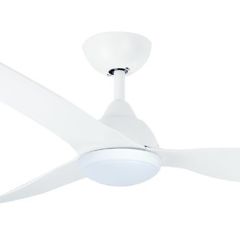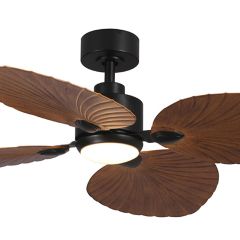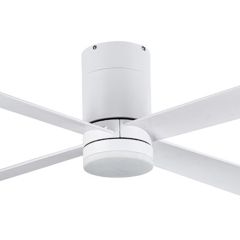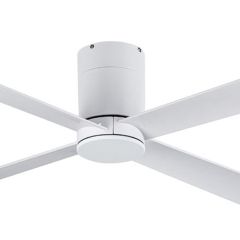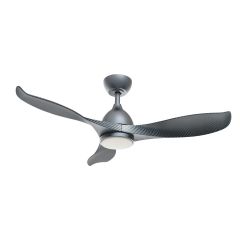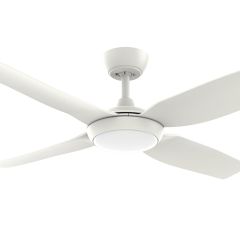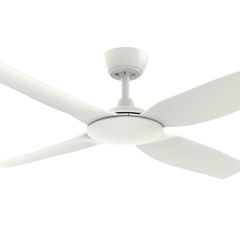Ceiling fans can be controlled in two primary ways: through a wall controller or a handheld remote control. When it comes to AC ceiling fans, they typically come with a wall controller as the standard control method, and the remote control is an additional feature that can be added optionally. It's important to note that you cannot use both the wall controller and the remote simultaneously on an AC fan. On the other hand, DC ceiling fans generally come with a remote control as the main means of control and do not offer a wall control option. However, in DC fan installations, a wall "isolating switch" is necessary for proper functionality.

















